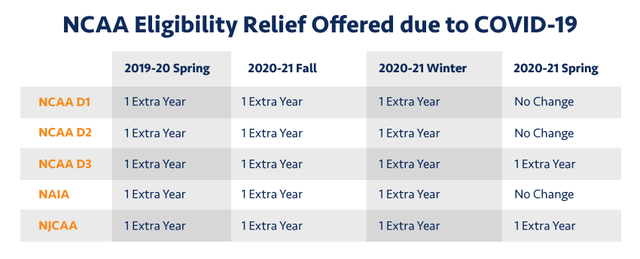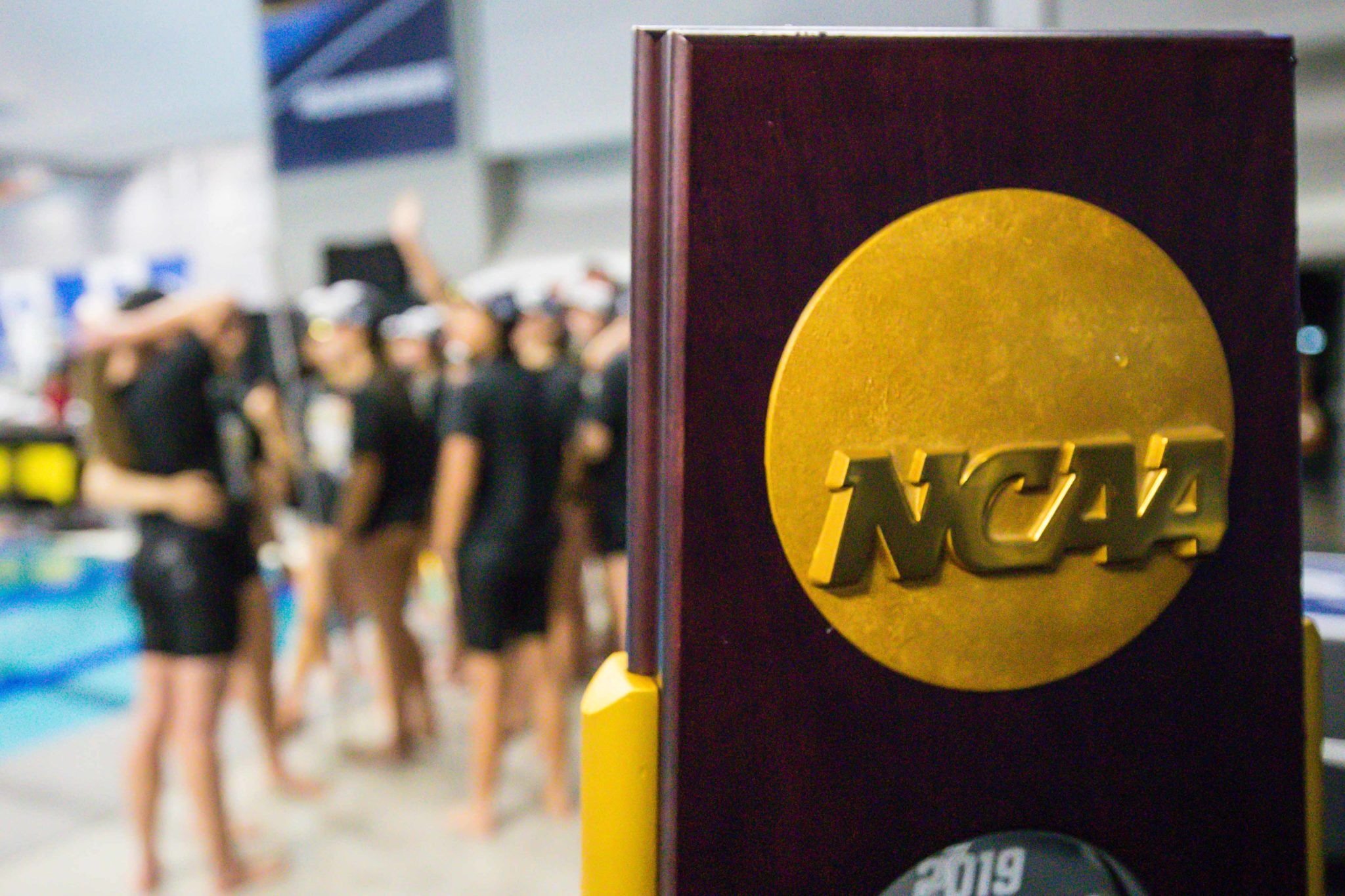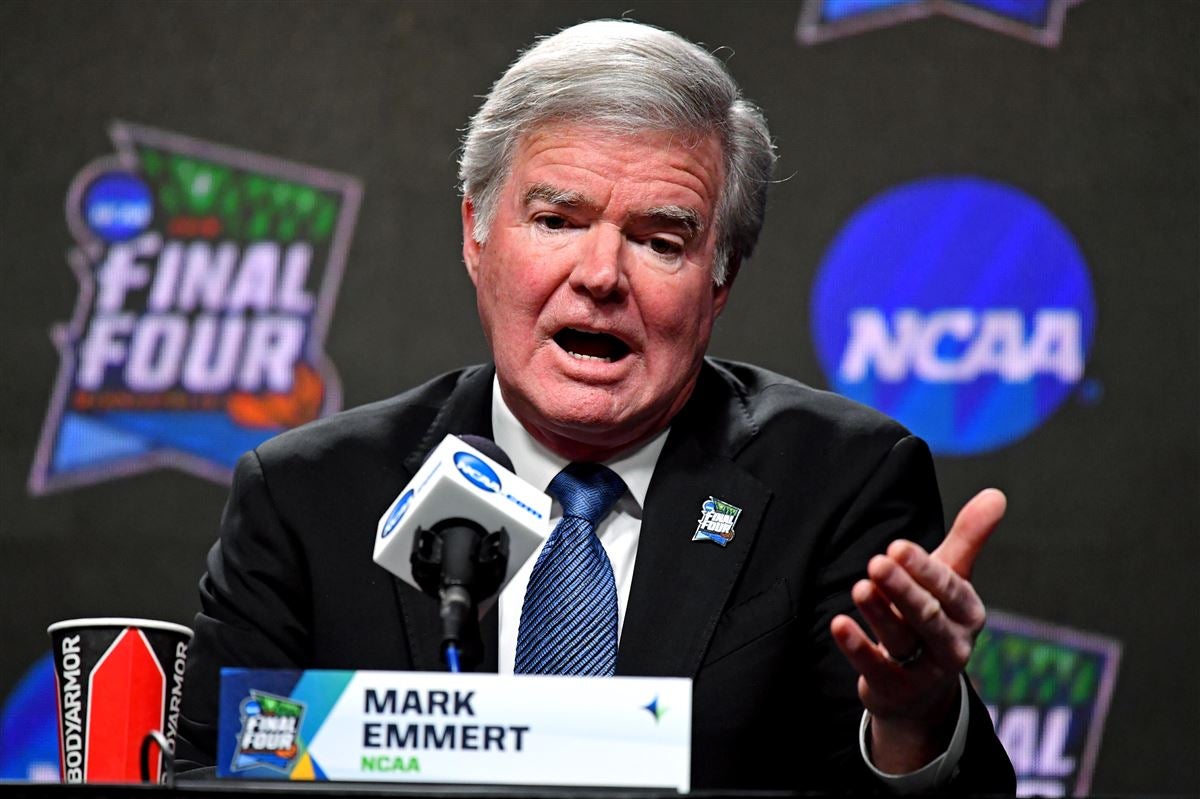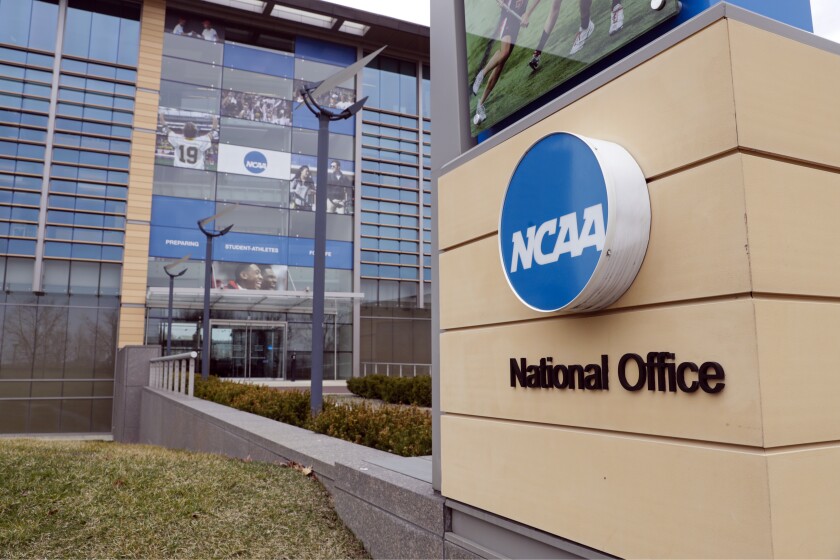Ncaa Eligibility Junior College Transfer
If you're looking for picture and video information linked to the key word you've come to pay a visit to the right blog. Our website provides you with hints for seeing the maximum quality video and picture content, hunt and find more enlightening video articles and images that match your interests.
comprises one of thousands of movie collections from several sources, especially Youtube, therefore we recommend this movie that you view. This blog is for them to stop by this site.

If you transfer from a four-year college to an NCAA school you must complete one academic year in residence at the new school before you can play for or receive travel expenses from the new school unless you qualify for a transfer exception or waiver.
Ncaa eligibility junior college transfer. Practice will begin on March 1 2021. When a Junior College Student-Athlete transfers to an NCAA school and there are eligibility issues it can create roadblocks to the transfer. In some cases conference rules can be. Chadwell believes more college coaches have left for the NFL this offseason as a way to escape the coming tidal wave of change one-time transfer NIL etc about to crash upon the college game.
The National Collegiate Athletic Associations governing council will sponsor legislation at the next NCAA. Eligibility Worksheet To download right-click and Open link in new tab Hardship Request 1. Make Sure You Are an Academic Qualifier To be considered a qualifier you need to have registered with the NCAA Eligibility Center and have been certified by them as an academic qualifier. Hardship Request 2.
If you play 2 years at a JC you can play 2 years at an NCAA school. The NCAA gives you 5 years to play 4 thats how kids get red-shirt years. As college coaches navigate the new NCAA recruiting rules they will need to work with current roster spot holders to determine which athletes plans to take advantage of their extra year of eligibility. If you attended a four year school before your junior college you are a 4-2-4 transfer and the rules are different.
Those years count toward a players eligibility clock if they choose to transfer to a four-year institution. The 2019 WIAA Division 2 state champion recently decided that he will transfer to Winona Minn State and play for Warriors coach Jeff Straight starting in the fall. Academic qualifiers who want to transfer from a junior college and compete in sports at a Division I university must simply attend the junior college full-time for at least one semester or quarter. In July the NJCAA voted to move its football season back to the spring.
The NCAA Division I council approved a package of updated guidelines Wednesday that could make it more difficult for college football and basketball players who transfer to receive immediate. Just make sure you understand the NCAA rules for transferring so you will be eligible to apply to be a 2-to-4 transfer two-year junior college to four-year college athlete. A 2-4 qualifier transfer is a transfer from a two-year college who has been certified by the NCAA Eligibility Center as a final academic qualifier. Convention that would sharply reduce the flow of junior- college athletes into.
-The second consistent requirement is that remedial-level courses taken at a junior college cant be used to satisfy the academic requirements for immediate eligibility when transferring from a junior college to an NCAA university. NJCAA athletes are allowed two seasons of participation on the junior college level. With no rules set around when. Included in the NCAAs academic reform package passed last spring were standards that as of the end of the 2013 academic year junior college transfers must now have a 25 grade point average in.
Learn the transfer and eligibility rules for the NCAA and the new conference and school you plan to join. Transfer Tracking Form. If an athlete has not been certified yet as a qualifier he or she may go through the Eligibility Center process after starting at the two-year college. Student-Athletes who start their college career at a junior college have differing academic requirements when it comes time to transfer to an NCAA school.
If you play 1 year you get 3. Coaches will need to know which athletes plans to return for additional year in order to understand how many roster spots will be available for the incoming class. Likewise junior college athletes would be eligible to return for a third season. When you begin to think about going to a new school understand that the rules are different depending on whether you want to transfer to an NCAA Division I II or III school and whether you are currently enrolled at a two-year or a four-year school.
College-bound student-athletes preparing to enroll in a Division I or Division II school need to register with the NCAA Eligibility Center to ensure they have met amateurism standards and are academically prepared for college coursework. Fortunately for Forsting he found an opportunity with an NCAA Division II program that has lost golfers to Division I programs through the merry-go-round that has been COVID-19 extended eligibility.



/cdn.vox-cdn.com/uploads/chorus_image/image/59676091/usa_today_10745761.0.jpg)




:no_upscale()/cdn.vox-cdn.com/uploads/chorus_asset/file/19228815/Screen_Shot_2019_08_06_at_12.24.15_PM.png)






